Wand color() function in Python (original) (raw)
Last Updated : 16 Mar, 2023
color() function draws a color on the image using current fill color, starting at specified position & method. Uses same arguments as color() method. Following are PAINT_METHOD_TYPES.
- 'point' alters a single pixel.
- 'replace' swaps on color for another. Threshold is influenced by fuzz.
- 'floodfill' fills area of a color influenced by fuzz.
- 'filltoborder' fills area of a color until border defined by border_color.
- 'reset' replaces the whole image to a single color.
Syntax :
wand.drawing.color(x, y, method)
Parameters :
Parameter Input Type Description x numbers.Integer start of filling color y numbers.Integer end of filling color method basestring method from PAINT_METHOD_TYPES
Example #1:
Python3 `
Import required objects from wand modules
from wand.image import Image from wand.drawing import Drawing from wand.color import Color
generate object for wand.drawing
with Drawing() as draw: draw.fill_color = Color('green') draw.color(100, 100, 'point') with Image(width = 200, height = 200, background = Color('white')) as img: # draw shape on image using draw() function draw.draw(img) img.save(filename ='color.png')
`
Output: A green pixel is visible at center of transparent image here is the zoomed image.  Example #2: Filling color using flood-fill algorithm.
Example #2: Filling color using flood-fill algorithm.
Python3 `
Import required objects from wand modules
from wand.image import Image from wand.drawing import Drawing from wand.color import Color
generate object for wand.drawing
with Drawing() as draw: draw.fill_color = Color('blue') draw.alpha(10, 35, 'floodfill') with Image(width = 200, height = 200, background = Color('white')) as img: # draw shape on image using draw() function draw.draw(img) img.save(filename ='color2.png')
`
Output: 